Fungi are microorganisms that are present almost everywhere, including in the air and on human skin as well. Some of these are harmless and do not cause any problems, but a few others can lead to various infections. In fact, fungal infections are one of the most common conditions that affect human beings. Ringworm is one such infection that is mild, easy to treat and also preventable to some extent.
What is Ringworm?
Ringworm, also referred to as dermatophytosis, is a common fungal infection caused by a group of fungi known as dermatophytes. These fungi are mostly present on surfaces that have dead keratin and thrive in warm, moist environments. Ringworm is a common condition that can affect people of all ages, and it usually appears on skin, hair and nails. This infection gets its name from the red, ring-like rash that forms on the affected area. These rashes are itchy and usually spread outward.
Types
There are several different types of ringworm, depending on the body part it affects. These are:
- Athlete’s Foot (Tinea Pedis): This fungal infection causes itchy rashes mainly between the toes of a person. Sometimes, it can also spread to the soles of the feet and develop blisters.
- Jock Itch (Tinea Cruris): In this type of ringworm infection, rashes appear in the groin area of an individual. Apart from this, it also leads to scaly patches on the upper thighs or rectum as well.
- Scalp Ringworm (Tinea Capitis): As the name suggests, this fungal infection mainly affects the scalp of a person. It causes scaly, red rashes on the scalp that eventually turn into bald spots.
- Hands Ringworm (Tinea Manuum): When an individual develops red ring-like rashes on the hands, it is called tinea manuum. This causes the skin on the hands to become dry and flaky and also leads to cracked palms.
- Beard Ringworm (Tinea Barbae): In this type of ringworm infection, rashes appear on one’s neck, chin and cheeks. Initially, these patches are itchy and red in colour, but after a few days, they get filled with pus and then become crusted.
- Toenails or Fingernails Ringworm (Tinea Unguium or Onychomycosis): This fungal infection affects the toenails or fingernails of a person. It causes nails to become thick, discoloured and deformed.
Causes
Ringworm is caused by a type of fungi known as dermatophytes and is usually considered highly contagious. It can spread in the following ways:
- Human to Human: Ringworm infection spreads through direct skin-to-skin contact with an infected human being.
- Animal to Human: One can contract this infection by coming in close contact with an animal with ringworm as well.
- Objects to Human: This infection also spreads through contaminated objects like combs, towels, brushes, etc.
- Soil to Human: In rare cases, ringworm infection is caused when a person comes in contact with highly contaminated soil where this fungus is present.
Risk Factors
Although anyone can develop a ringworm infection, a few factors are known to put one at a higher risk. These are:
- Living in a warm climate
- Coming in close contact with an infected person or animal
- Sharing clothes, combs, bedding, etc. with an infected person
- Wearing tight clothes
- Having a weakened immune system
- Sweating excessively (a condition called hyperhidrosis)
Ringworm Signs & Symptoms
Usually, symptoms of a ringworm infection start to appear between 4 and 14 days after exposure to the fungi. Although these symptoms may vary from one person to another, depending on the type and severity of the infection, a few signs always remain the same. These are:
- Scaly, ring-shaped rashes on the skin
- Hair loss in the affected area
- Itchiness
- Flat patches with a raised, round border
Diagnosis
Usually, the doctor can diagnose a ringworm infection by simply looking at the rashes and assessing other symptoms one is experiencing. Sometimes, he/she may scrape the affected area to examine the skin cells under a microscope for further confirmation. This process is known as KOH examination. In some rare cases, the doctor may also suggest a skin biopsy or skin culture as part of the diagnosis. In this procedure, a sample of skin or blister discharge is taken and sent to the lab for testing.
Ringworm Treatment
Like any other fungal infection, ringworm also needs immediate medical attention. If left untreated for a long time, it can lead to severe skin issues. The doctor usually suggests regular application of a topical antifungal for dermatophytosis treatment. This antifungal solution can be in the form of either powder or cream. This relieves symptoms like itching and inflammation within a few hours. In some cases, oral antifungal medications are considered more effective.
Home Remedies for Ringworm
Sometimes, people use a few home remedies as a natural way to treat ringworm. Some of these include:
- Apple cider vinegar
- Coconut oil
- Turmeric
- Essential oils with antifungal properties (like tea tree oil)
However, most of these remedies do not have any scientific backing, and they cannot replace antifungal treatments. It is always recommended to consult with a doctor before trying any at-home treatment for ringworm infection.
How to Stop Ringworm from Spreading
Ringworm is a fungal infection that can be a little difficult to manage. It is best to take a few preventive measures to avoid this infection. Here are a few simple tips that can be followed for ringworm prevention:
- Wash your hands often with soap and clean water.
- Avoid coming in direct contact with people infected with ringworm.
- Clean hands thoroughly after touching or patting animals.
- Keep shared areas like washrooms, etc., clean.
- Avoid wearing thick and tight clothing for prolonged periods of time.
- Take a shower after spending time outdoors in warm, humid weather.
- Don't share personal items like clothes, towels, hairbrushes, sports gear, etc.
- Dry the skin thoroughly after showering, especially between the toes and fingers.
- Use disinfectant sprays for cleaning surfaces.













 7982100200
7982100200



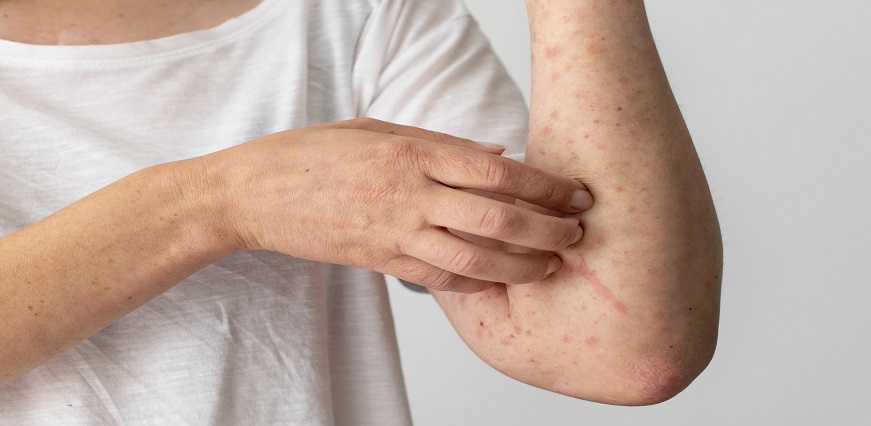
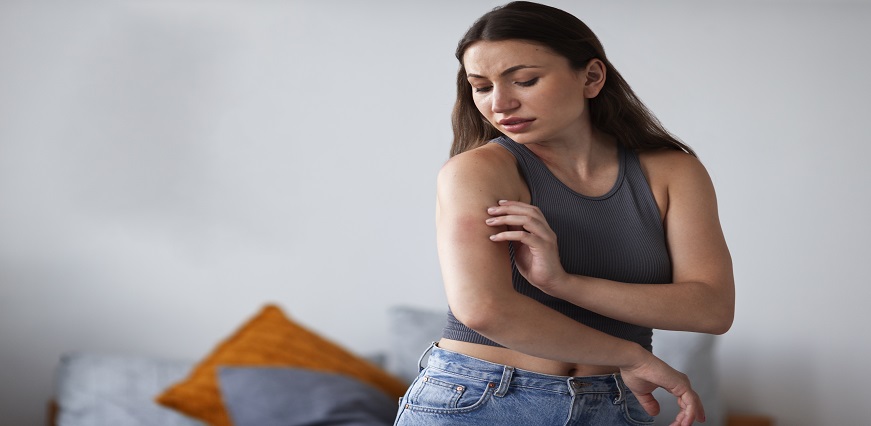
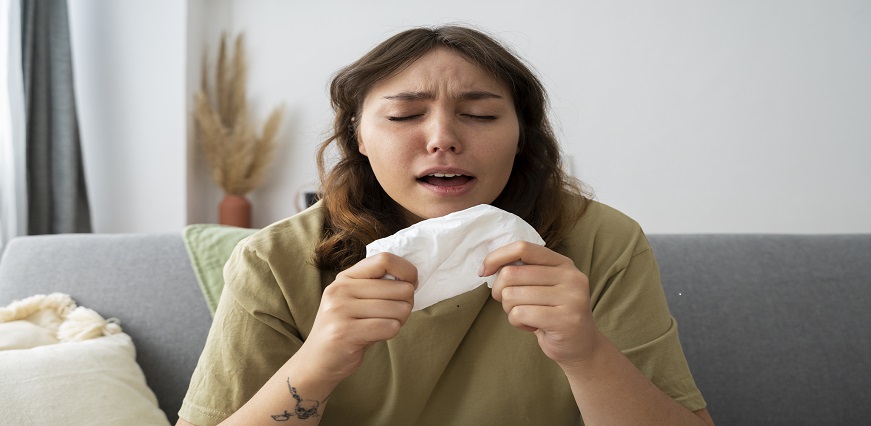
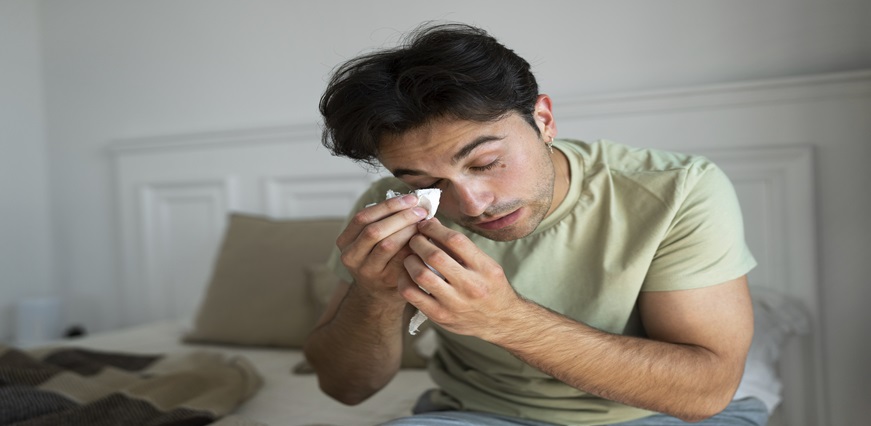
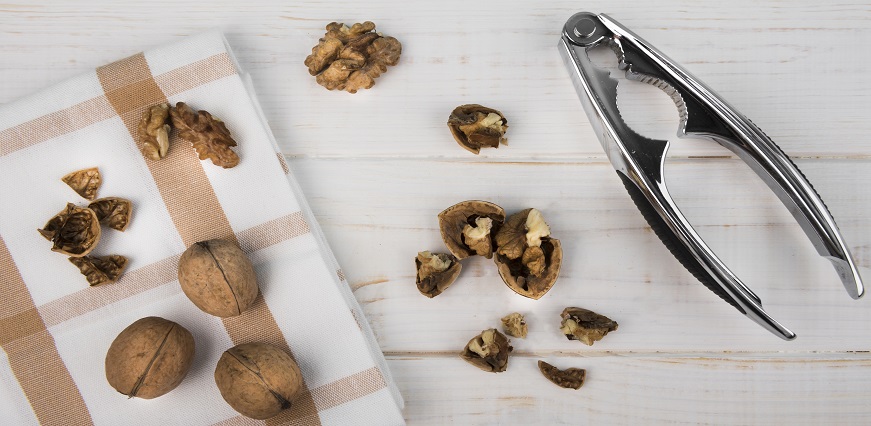
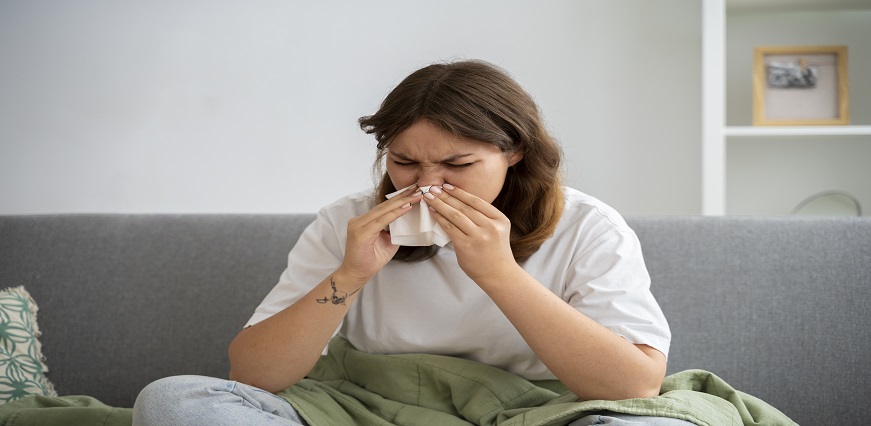


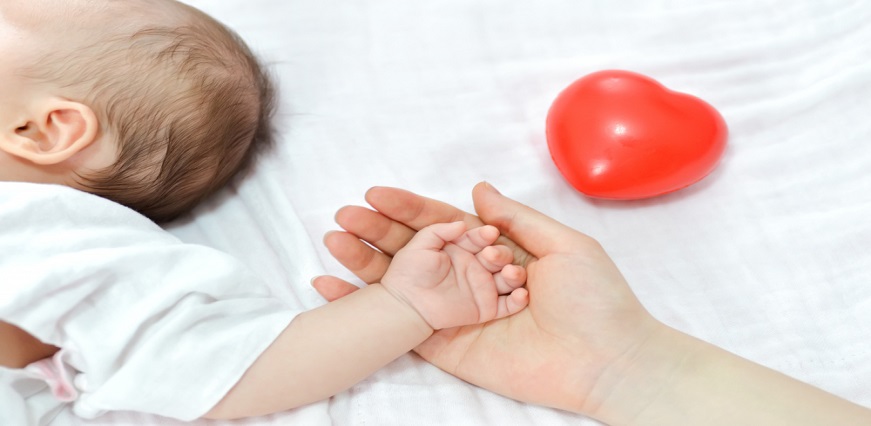
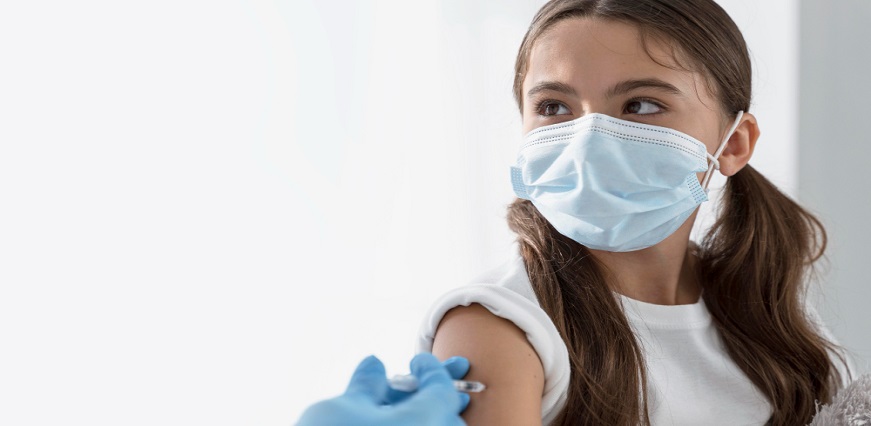
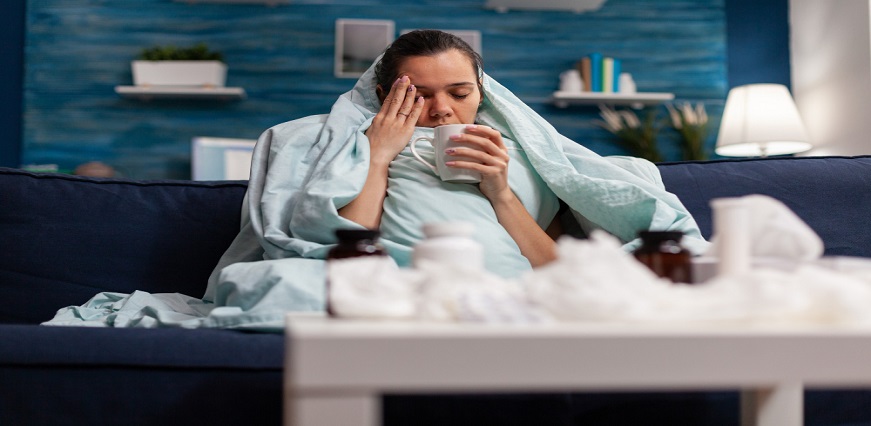










 To reach our help desk call 9213188888
To reach our help desk call 9213188888.png)
Comments